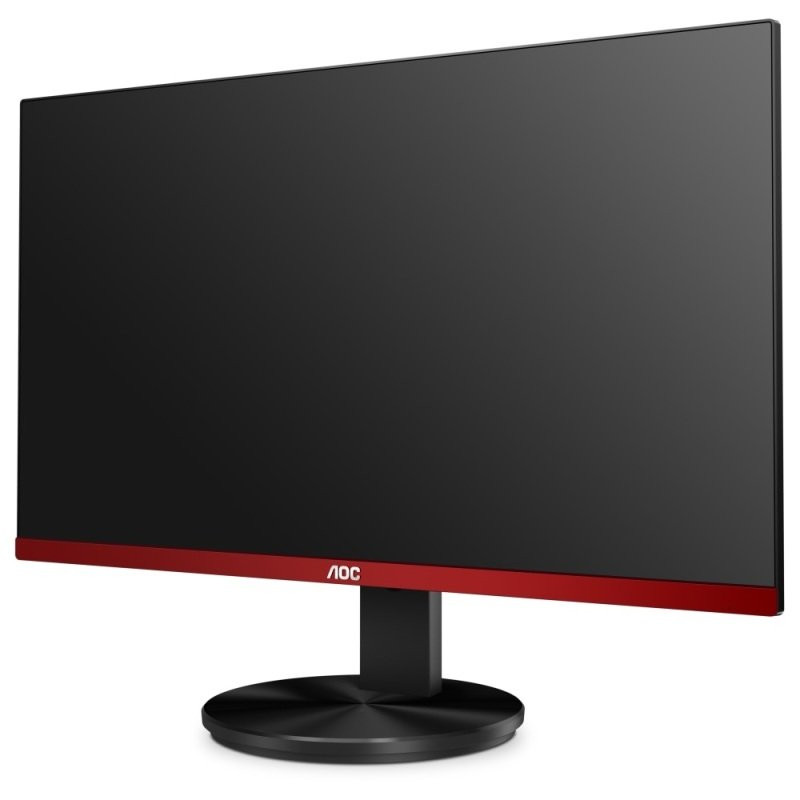
Use this option in the following situations:Īfter you uninstall it, the Configuration Manager console still shows the secondary site If you installed SQL Server Express before you installed the secondary site, Configuration Manager doesn't uninstall SQL Server Express. If Configuration Manager installed SQL Server Express for the secondary site, Configuration Manager uninstalls SQL Server Express as well. It then deletes all information about the site and its resources from the Configuration Manager site. This option uninstalls Configuration Manager from the secondary site server. Use this option to remove a functional secondary site that's accessible from the network. When you remove a secondary site from its direct parent site, choose whether to uninstall or delete it. You can't move or reassign a secondary site to another primary site. Have you configured other content management options like peer caching? When you decide you need to remove a secondary site, first consider your answers to the following questions:ĭid you remove all site system roles from the site server?Īre any boundaries or boundary groups associated with the secondary site? Reconfigure boundaries before removing the site. Also review the reasons to choose a secondary site. Other than when you're decommissioning a hierarchy, the main reason to remove a secondary site is because of a broader infrastructure change, such as network or physical locations.
#Uninstall system monitor update
When you have more than one software update point at a primary site, and you remove the software update point that's the synchronization source, choose another software update point at the site to be the new synchronization source. With no roles available, software updates management is essentially disabled at the site. When you remove the last software update point at the site, the software update point list contains no software update points. Software update pointĪfter you remove the software update point, Configuration Manager updates the client policy to remove the software update point from the list. Some roles may have additional steps and considerations. Confirm that you want to remove the role.Īdditional information for specific roles In the ribbon, on the Site Role tab, in the Site Role group, select Remove Role. In the Site System Roles details pane, select the target role. Select the site system server with the role to remove.

Expand Site Configuration, and then select the Servers and Site System Roles node. In the Configuration Manager console, go to the Administration workspace. Use the following procedure to remove a role:

When you decide you need to remove a role, first consider your answers to the following questions:ĭo you still need the role in the site? If so, does another site system already have the role?Īre other site systems with this role properly sized to support your business requirements for performance and availability?Īre all clients already reconfigured to use another role? Will you rely upon default client behaviors to fall back or discover another server? Discontinue use of the feature that role supports.Reconfigure or redesigning the site roles.Consolidate roles to reduce costs and complexity.


You can also remove the central administration site (CAS) from a hierarchy, but keep the primary site. Use this article as a guide to uninstall a Configuration Manager site system role, site, or hierarchy. Applies to: Configuration Manager (current branch)


 0 kommentar(er)
0 kommentar(er)
